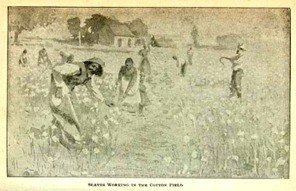 This is one of those posts in which I could go on and on and on. I could talk about the original novel Candide by the 18th-century French satirist Voltaire, or the character of Candide in the novel, or the musical in its many iterations overseen by Leonard Bernstein, from which our selection is taken. I’ll try to hit each of these areas just a little.
This is one of those posts in which I could go on and on and on. I could talk about the original novel Candide by the 18th-century French satirist Voltaire, or the character of Candide in the novel, or the musical in its many iterations overseen by Leonard Bernstein, from which our selection is taken. I’ll try to hit each of these areas just a little.
So, to answer my rather silly question in relation to the above: No. Candide is not candid, but Candide is. Little grammatical joke there.
Voltaire’s novel is not in the least candid; that is, it is not naïve, gullible, sincere, or innocent. We use the word today in a slightly different sense; if you say to someone, “I’m going to be candid with you,” you usually mean “I’m going to say something tactless to you.” But you can see how this idea derives from the original definition. If you’re very frank and open yourself you’ll tend to be that way with other people. The novel itself, however, is biting, bitter and sarcastic, full of truly awful events. Even for modern readers, steeped in horror movies and violent video games, it doesn’t make for pleasant reading. (I personally could barely get through the synopsis on Wikipedia.)








 The texts of the first two sections of Vivaldi’s Gloria are the words of the angels in their announcement of Christ’s birth, words that are sung repeatedly in Christmas music, either in Latin or English:
The texts of the first two sections of Vivaldi’s Gloria are the words of the angels in their announcement of Christ’s birth, words that are sung repeatedly in Christmas music, either in Latin or English: